Consider this map of (A ∧ D) ∨ (B ∧ D) ∨ (A ∧ ¬B ∧ C ∧ D):
The map is grouped into two sections, both of four squares. Thus producing the simplified expression of (B ∧ D) ∨ (A ∧ D) as shown below.
This is in following with the rule:
"Groups must contain 1, 2, 4, 8, or in general 2^n cells"
However, if I were to group in such a way that groups contain six cells (not following the 2^n rule):
This would produce the simplified expression of:
(A ∨ B) ∧ D
I have run this trial a few more times. Even splitting Karnaugh maps where I split possible groups of eight into six and four. I have come to the conclusion that when splitting by six, or any value not of 2^n, the Boolean value between brackets in the expression is ∧ (AND) whereas when using groups of 2^n the splitting boolean value is ∨ (OR).
Thus as groups not in sizes of 2^n produce AND divisions (between brackets), does this mean brackets in boolean expressions cannot be separated by an AND?
And by proxy, is this why Karnaugh maps must be grouped into groups of 2n squares?
Note
Online tools simplify exclusively with OR dividers also: as shown



